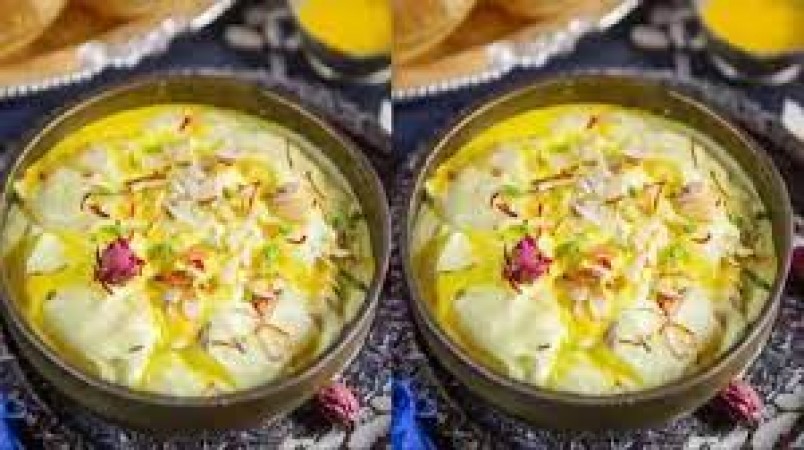
Navratri, the nine nights of devotion and celebration dedicated to Goddess Durga, is a time of spiritual significance and culinary delights. One such delightful treat, often prepared on the auspicious occasion of Mahanavami, is Halwa Puri. This traditional Indian dish carries not only the flavor of tradition but also a deep religious meaning. In this comprehensive article, we will walk you through how to make this delicious Halwa Puri, exploring its ingredients, preparation, significance, and the ritual of offering it to young girls during Navratri.
To create this delectable offering, you'll need a list of ingredients carefully curated for the Halwa and Puri.
1. Suji (Semolina):
2. Ghee (Clarified Butter):
3. Sugar:
4. Water:
5. Nuts and Dry Fruits:
1. Wheat Flour:
2. Ghee (Clarified Butter):
3. Water:
Now, let's dive into the detailed process of preparing Halwa Puri.
Start by roasting the suji in ghee over a low flame until it turns a delightful golden brown. This process is not only a feast for the senses, with the aroma filling the kitchen, but it also enhances the flavor of the Halwa.
In a separate pan, heat two cups of water and sugar. Stir well until the sugar dissolves completely, creating a rich sugar syrup.
Now, it's time to pour the sugar syrup into the roasted suji. Stir vigorously to ensure a uniform mixture. Allow it to cook until the Halwa thickens and the semolina has absorbed the syrup, creating a mouthwatering texture.
To add a delightful crunch and enhance the visual appeal, garnish the Halwa with a generous handful of almonds, cashews, and raisins. These nuts and dry fruits not only make the dish more visually appealing but also provide a pleasant contrast to the soft and flavorful Halwa.
Now, let's explore how to prepare the Puri that perfectly complements the Halwa.
Begin by mixing the two cups of wheat flour with two tablespoons of ghee. This step ensures that the Puri has a soft and delicate texture. Gradually add water as needed to create a dough that is soft and pliable.
After the dough is ready, divide it into small portions and roll them out into thin rounds. Heat oil in a pan for deep frying and gently place the puris one by one. Fry them until they turn a beautiful golden brown, giving you the perfect crispy accompaniment to the delectable Halwa.
The Halwa Puri, prepared with devotion and care, is then offered to young girls on the auspicious day of Mahanavami. The girls symbolize the embodiment of the divine feminine, and by offering this dish to them, devotees seek blessings for the well-being and prosperity of their families. This act is not only a culinary delight but a profound expression of devotion and a way to seek the blessings of Goddess Durga.
The act of offering Halwa Puri to young girls on Mahanavami is deeply rooted in Hindu culture. It holds profound significance, representing the seeking of blessings, prosperity, and well-being for the family.
The girls themselves are considered a symbol of the divine feminine energy, and by offering them Halwa Puri, devotees hope to receive blessings from the Goddess herself. It's a beautiful way of celebrating Navratri with a blend of tradition, spirituality, and delicious cuisine. Navratri, a time of devotion and tradition, is also a time for indulging in the rich culinary heritage of India. Offering Halwa Puri on Mahanavami is not just a culinary tradition; it's a profound expression of devotion and an opportunity to seek blessings and prosperity. By preparing this simple yet delicious dish with love and dedication, you can infuse your prayers and offerings with warmth and sincerity. So, as Navratri approaches, gather your ingredients, light up the stove, and prepare the mouthwatering Halwa Puri to celebrate the festival with both devotion and a satisfied palate.
IDF Destroys Terrorist Bases in Lebanon: Alleges Plot to Attack Israeli Cities
Netanyahu and Giorgia Meloni Talk "Civilization vs. Barbarism"
Viral Video Captures Controversial Act of Stepping on Quran and Waving Israeli Flag